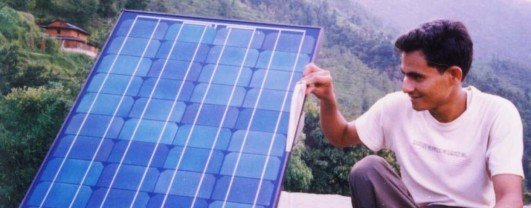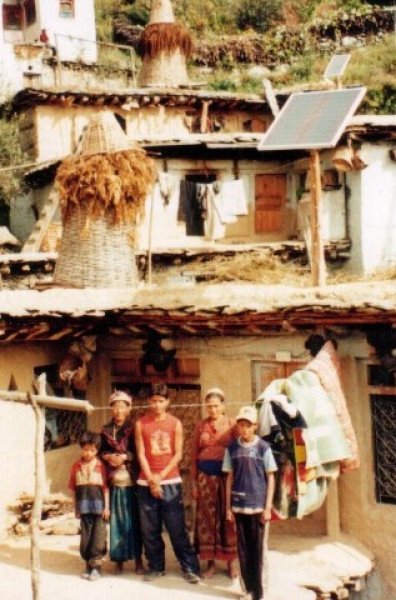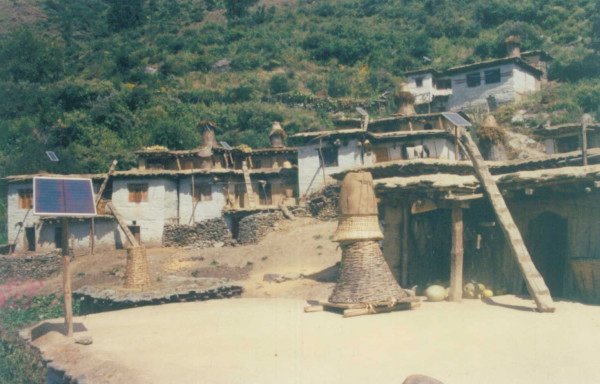Nepal’s Solar Energy Support Programme brings electricity to remote villages using stand-alone Solar Home Systems (SHS). Run by the government with private companies and supported mainly by Danida, the programme helps families replace kerosene lamps and pinewood with clean solar lighting. This improves air quality, reduces health risks, and saves fuel costs. Better lighting lets children study at night, gives families more flexible work hours, and allows the use of radios and small TVs for information and entertainment.
The programme began in 1999 under the Energy Sector Assistance Programme (ESAP) and has installed over 43,000 systems in 72 of 75 districts. Solar companies handle sales, installation, and maintenance, while local people are trained as technicians and sales agents. Users choose system sizes, pay a subsidised price of $140–$350, and cover maintenance after installation. Donors fund 90% of the costs, and the government waives taxes on solar components to keep prices lower.
Environmental benefits include saving nearly 4.5 litres of kerosene per household per month and reducing CO₂ emissions by about 3 tonnes over the system’s 20 year life. In mountain regions, solar replaces pinewood lighting, protecting slow-growing forests.
Socially, the project has improved health, education, and community interaction, and created jobs for more than 1,400 rural people. Financially, many households can repay the cost through savings on kerosene and batteries if micro credit is available.
Challenges remain: SHS are expensive for the poorest families, repairs in remote areas are difficult, and donor dependence is high. Still, the public private model, local training, and quality monitoring have made this one of Nepal’s most successful rural energy initiatives, with strong potential to be adapted in other developing regions.









